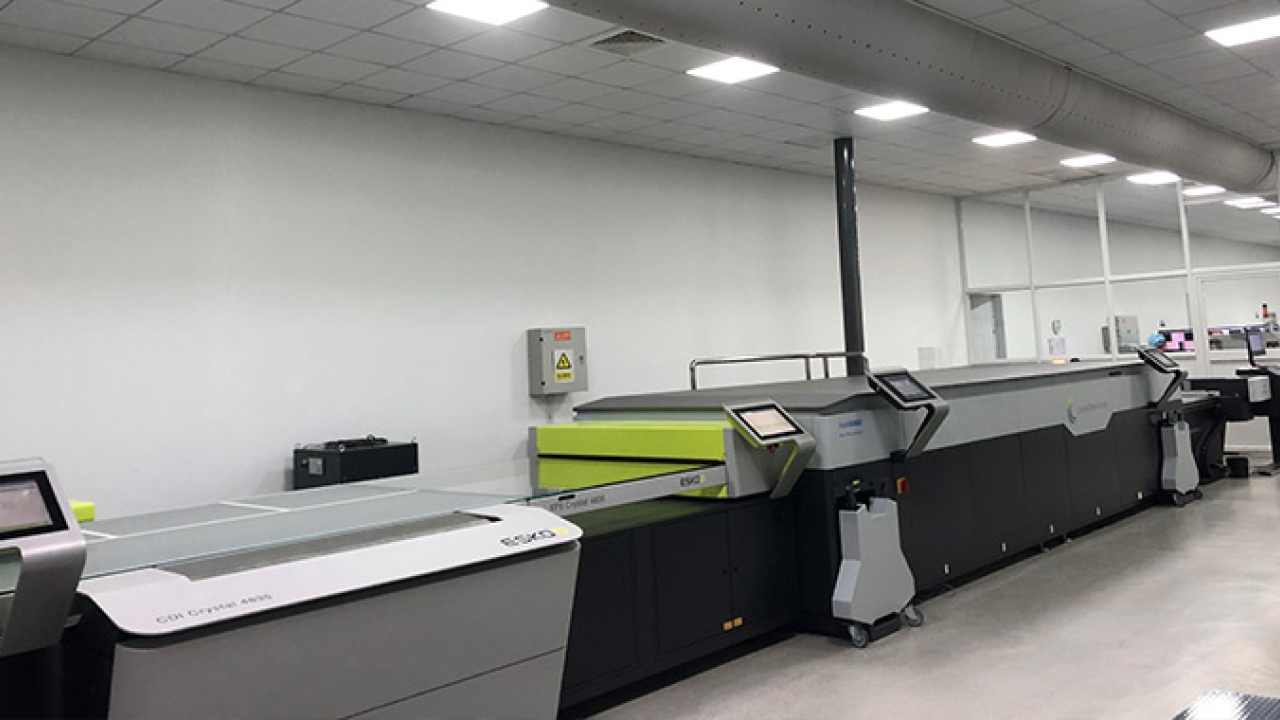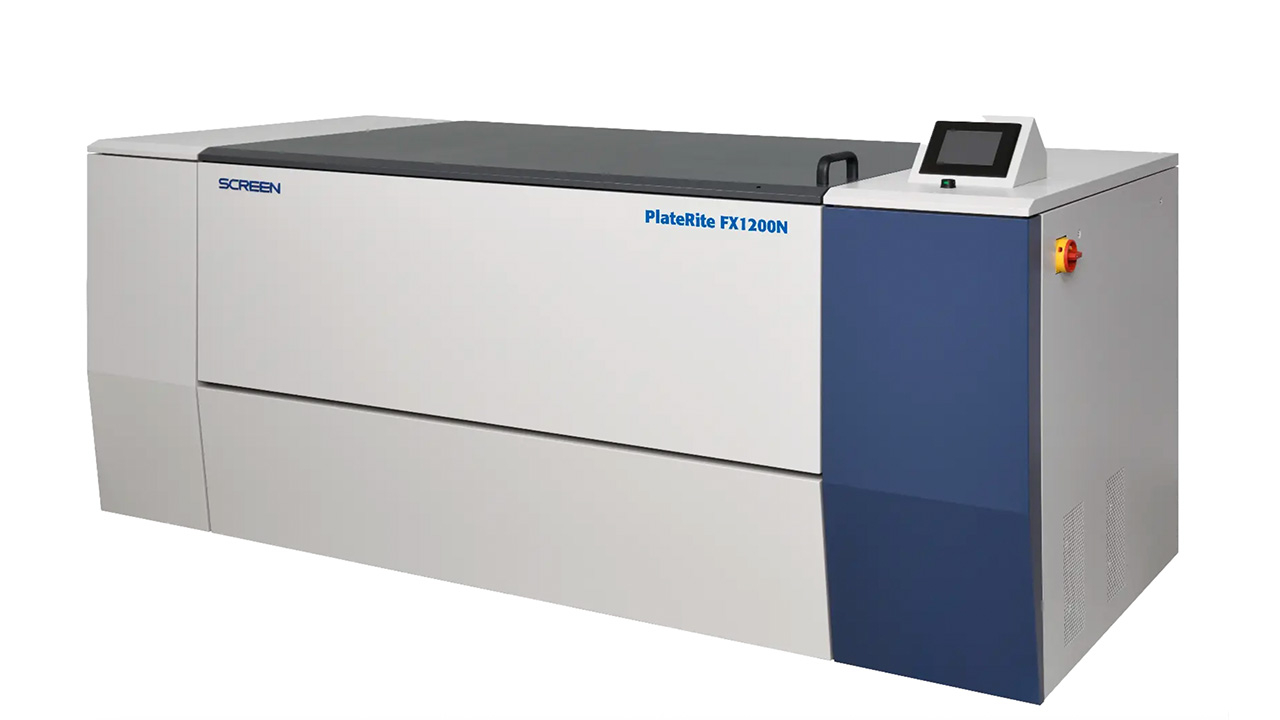CrystalCleanConnect now available commercially
Esko and Asahi Photoproducts have announced that CrystalCleanConnect, a fully automated flexo platemaking line developed in partnership between the two companies, is now widely available following a successful first year since it was unveiled.

Esko, a global developer of integrated software and hardware for the packaging and labels markets, collaborated with Asahi Photoproducts, one of the pioneers in flexographic photopolymer plate development, on the innovative technology, which fully automates the platemaking process.
‘We have successfully installed the system at a number of key customers since we premiered this innovative technology at the 2021 virtual.drupa event,’ said Pascal Thomas, director of flexo business with Esko. ‘We’re delighted that those customers have already reported huge success, enjoying the benefits and value delivered by the system. Now that the various lockdown restrictions and logistics issues have eased, we are excited to have made the solution commercially available to our entire global customer base.
‘CrystalCleanConnect fully automates the entire platemaking process, from imaging and exposure through to plate production, reducing the number of steps in the flexo platemaking process from 12 to just one. This equates to a reduction from 36 minutes per plate in platemaking and plate cutting to just 2.5 minutes of operator time to complete all processing steps.’
According to Thomas, CrystalCleanConnect brings together key hardware and software technologies from both companies to deliver several advantages by delivering cleaner, faster operation that simplifies the flexo platemaking process, improves safety and boosts print quality consistency.
One of the major Japanese printing companies Nabe Process became the first in the world to integrate CrystalCleanConnect into its platemaking operation shortly after the technology was introduced.
‘CrystalCleanConnect has added to our overall quality and productivity, getting plates to press much faster, with less operator engagement time and with less opportunity for error,’ said Mr. Nabesaka, chief executive officer of Nabe Process. ‘The solution was used to successfully test Asahi’s AWP CleanPrint water-washable flexographic plates against conventional solvent-based plates, to measure differences in quality and productivity between the two. Based on these results, we are converting all of our flexographic plates to Asahi AWP water-washable CleanPrint plates, and we know our customers will be even more delighted than ever with the quality they receive from us.’
‘With the removal of so many process steps, there’s an immediate 90 percent reduction in required operator time, which not only eliminates the potential for human error but also delivers immediate efficiency gains,’ added Thomas. ‘Quality is assured through Asahi and Esko technologies working in complete harmony, and the combination of improved efficiency and quality delivers an average increase of 25 percent in press OEE.’
‘Flexo needs to simplify processes while improving quality, consistency and profitability. In doing so, flexo can create new business opportunities and positively transform into a printing technology in balance with the environment,’ said Dieter Niederstadt, technical marketing manager for Asahi Photoproducts. ‘This breakthrough innovation is different in many ways to other solutions on the market. It is not just an assembly of available platemaking processes delivered inline, but rather a holistic approach to connecting technologies, up and downstream of the prepress value chain, using an intelligent automation hub as the backbone and heart of the solution. CrystalCleanConnect is truly pushing boundaries to the current scope of plate automation delivering a mount-ready plate as well as being the first automated production solution without the need for VOC-based washout solvents in the platemaking process.’
Stay up to date
Subscribe to the free Label News newsletter and receive the latest content every week. We'll never share your email address.

